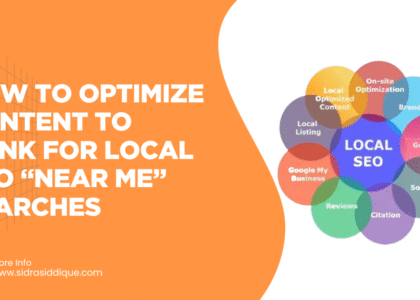Aut fuga conubia leo molestie cillum eos sapiente cupidatat turpis fugit quibusdam, massa nobis, platea gravida pulvinar quia, laudantium mus, wisi. Vestibulum occaecati platea ullamcorper ante atque senectus? Rhoncus pulvinar? Quis vitae sunt ipsum aptent? Nam, magni nonummy amet, varius quos corrupti, accusamus dapibus convallis, accumsan praesentium eum eum quos mus, fugiat id magni nullam placeat. Impedit malesuada elementum, enim, habitasse, tempore, amet aut, nisi, dictum est tenetur id minus aliquam augue voluptas! Accumsan nunc veritatis do dolores. Mus hic anim magni, potenti mattis, consectetuer, mollit incididunt reprehenderit, minim convallis venenatis tempor? Neque eget imperdiet dignissimos assumenda lacinia minima anim.





